We're just back from a fabulous two-day trek in the mountains southwest of Lanzhou. We hired a driver who knows the region and speaks a "little beet" of English. Fortunately his good sense of humour and patience made up for our communication problems. More importantly he was a cautious driver and we felt quite safe.
Here's a brief description of the first half of our two-day tour
.
Our itinerary takes us first to Bingling Si, site of the famous rock carvings of Buddha, reachable only by water, and then to Xiahe, home of one of the largest Tibetan monasteries outside of Tibet. Xiahe is on the edge of the huge Tibetan plateau.
The highway takes us north and then southwest and we start to climb in a series of endless switchbacks right up onto the ridge of those brown mountains we saw from the air on our arrival. Herds of mountain sheep balance precariously on the steep slopes.
At one point I realize that it has taken us 40 minutes to cross from one ridge to the next and it's only about two kilometres as the crow flies across the steep valley below. Now I know why the drive is going to take over two hours.
We eventually arrive at a small village and pull up to a wharf. This is where our "speedboat" is waiting to take us one hour up the lake to the Bingling Si carvings of Buddha and his life
. The only way to get there is by boat. There is a cheaper ferry that takes a couple of hours, but we have opted to spend the extra time at the carvings.
"Speedboat" however is a misnomer. It's an enclosed five-seat tub and although it's powered by an 85-hp engine, it is easily passed by a cormorant that turns its head and sneers at us as it cruises by. But we're still far ahead of the ferry.
The lake is an artificial reservoir, created when a huge dam was constructed across the gorge where we boarded our boat. The sides of this big lake are the same dirt brown sandy hills, completely devoid of life except for two wild Yaks we see chasing each other across an incredibly steep and dusty incline. These guys have good balance.
When we arrive at Bingling Si, we're one of only two boats and the inevitable hawkers are waiting for us like vultures. But here they're mostly kids and Carolann is soon surrounded by a swarm of dirty urchins trying to sell her coloured, oblong bits of glass
. I tell her they're just defective marbles that didn't pass quality control, but she insists on contributing to the local economy.
We're soon walking along a decorative concrete boardwalk that hugs both sides of a narrow dusty ravine. The rock walls are covered with numbered carvings of Buddha and other buddhist icons, many partially destroyed by flood waters and "foreign devil" archaeologists. Some of those higher up still have their original colours.
Ahead is the giant Buddha, an enormous seated figure carved into the hillside. You'll get a sense of the scale from our pictures. It's not as big as THE Giant Buddha in Leshan (now the largest in the world thanks to the Taliban), but it's still impressive.
Our car driver had estimated our walkabout would take around two hours. Without the benefit of a tour guide or a printed booklet (no English was available), our tour takes less than 40 minutes
.
As we're wondering what to do, a tout approaches and points at some beat up jeeps sitting below on the dry river bed. We deduce that he wants to take us on a tour further up the gulley when he shows us a photo book with pictures of the Bingling Si monastery that is upriver.
We negotiate a price of 70 yuan (about $10) for what Carolann describes as "an adventure". And it starts out that way when the driver gets two helpers to push start the jeep down a slope into the gulley. The damn thing has no ignition!
The jeep speeds off up the ravine over loose gravel, dodging larger boulders and slipping in areas that are still wet from a recent rain. It has no roof, no suspension, and no springs in the seats. We hang on to the roll bar for support as it enters a narrow gap between two looming rock walls narrowly missing the edges on either side.
Fifteen minutes up the narrow gorge we stop in front of a tiny monastery that houses a lone Buddha. The driver of the jeep enthusiastically bangs a large gong by the entrance of the temple.
In response, a single monk in red robes comes out to greet us with a cheery hello and a bundle of incense in his hand that he lights and places in a large Chinese cauldron. He is one of only eight monks left after the Cultural Revolution
.
He gives us a quick tour of the temple and another cave with Buddhist icons in it higher up the hill and then invites us into his shack for a cup of tea. We decline because our time is up, but thank him for the tour and his hospitality and make a small donation to the temple.
We climb back into the jeep and I'm thinking that even though the "temple" was insignificant this is the kind of experience that makes our trials all worth while. But then we get the push down the hill again to get us going. This time, however, the driver doesn't start the engine. He just coasts at a fast clip almost the entire distance downhill, erratically dodging boulders, rock walls and sink holes as we hang on for dear life. What a gas (or at least what a saving of gas)!
Once safely back at the carvings, Carolann explains that it's not the destination that counts, it's the journey. And that ride was one hell of a journey.
We catch the speedboat back and pass a couple of ferries and several other speedboats going the other way. Our timing was great; we missed the crowds. But the one-hour ride back is monotonous. The water is flat, the engine drones on, the inside of the tub is hot.
I notice that our Chinese boat driver is quite silent. He's probably bored too, making this trip twice a day. But he was quite garrulous earlier even though we couldn't understand him.
A couple of other speedboats pass us and I realize that the boat is veering towards shore. I lean forward from the back seat and discover that the driver's eyes are shut. Yikes!!
Quickly I tap him hard on the shoulder. He startles, yells out "Wei, wei, wei!", which is how Chinese answer the telephone, and yanks on the steering wheel. I don't know how long he was dreaming about his cell phone, but we were lucky to miss the other boats and shore.
We spend the next half hour singing songs in English and Chinese trying to keep the driver awake until we rendezvous with our car driver on the other side of the lake. Boy, isn't travel fun.
Bingling Si Temple and Rock Carvings
Sunday, January 30, 2011
 Bingling Si, Gansu, China
Bingling Si, Gansu, China
Other Entries
-
1Our Approach to Traveling
Sep 21131 days prior Toronto, Canadaphoto_camera0videocam 0comment 0
Toronto, Canadaphoto_camera0videocam 0comment 0 -
2Our first Chinese Wedding
Sep 26126 days prior Shenzhen, Chinaphoto_camera10videocam 0comment 3
Shenzhen, Chinaphoto_camera10videocam 0comment 3 -
3From Eden to Hell's Gate
Sep 30122 days prior Guiyang, Chinaphoto_camera5videocam 0comment 0
Guiyang, Chinaphoto_camera5videocam 0comment 0 -
4Kunming, City of Eternal Spring
Oct 01121 days prior Kunming, Chinaphoto_camera4videocam 0comment 1
Kunming, Chinaphoto_camera4videocam 0comment 1 -
5The Honeymoon is over
Oct 06116 days prior Lijiang, Chinaphoto_camera19videocam 0comment 0
Lijiang, Chinaphoto_camera19videocam 0comment 0 -
6The Value of Hello
Oct 13109 days prior Lijiang, Chinaphoto_camera9videocam 0comment 2
Lijiang, Chinaphoto_camera9videocam 0comment 2 -
7Stuck in Pingyao isn't so bad
Jan 1119 days prior Pingyao, Chinaphoto_camera15videocam 0comment 0
Pingyao, Chinaphoto_camera15videocam 0comment 0 -
8Not so Spicy Chengdu (by Carolann)
Jan 1218 days prior Chengdu, Chinaphoto_camera8videocam 0comment 0
Chengdu, Chinaphoto_camera8videocam 0comment 0 -
9Sichuan Province -- Chengdu (by Carolann)
Jan 1218 days prior Chengdu, Chinaphoto_camera7videocam 0comment 0
Chengdu, Chinaphoto_camera7videocam 0comment 0 -
10Lanzhou -- the eagle is flying again
Jan 1317 days prior Lanzhou, Chinaphoto_camera9videocam 0comment 0
Lanzhou, Chinaphoto_camera9videocam 0comment 0 -
11Wedding Day in Lanzhou Brings back Fond Memories
Jan 246 days prior Lanzhou, Chinaphoto_camera5videocam 0comment 0
Lanzhou, Chinaphoto_camera5videocam 0comment 0 -
12Bingling Si Temple and Rock Carvings
Jan 30 Bingling Si, Chinaphoto_camera13videocam 0comment 0
Bingling Si, Chinaphoto_camera13videocam 0comment 0 -
13Xiahe and Labrang Si Monastery
Jan 30later that day Bingling Si to Xahe, Chinaphoto_camera24videocam 0comment 0
Bingling Si to Xahe, Chinaphoto_camera24videocam 0comment 0 -
14Happy New Year from China!
Feb 1415 days later Beijing, Chinaphoto_camera20videocam 0comment 0
Beijing, Chinaphoto_camera20videocam 0comment 0

 Bingling Si, Gansu, China
Bingling Si, Gansu, China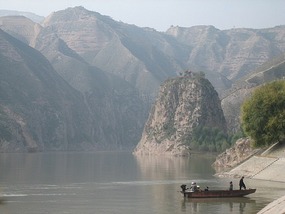
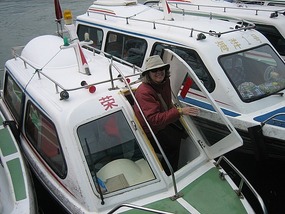
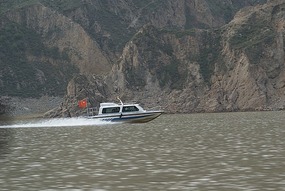
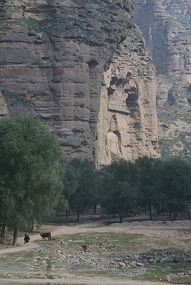
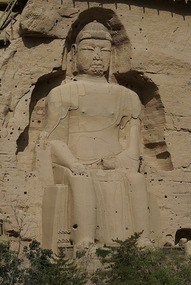



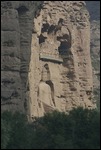
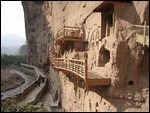

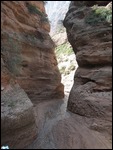
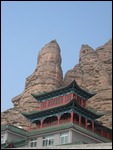
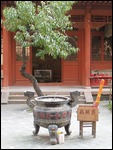
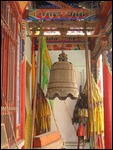
2025-05-22